History & Rise of the Use of Rational Functions
Rational functions, defined as the ratio of two polynomials, have been a part of mathematical theory for centuries, but their widespread and systematic use grew significantly with the development of algebra and calculus. Their role in mathematics has evolved from basic arithmetic expressions to powerful tools in solving complex problems in science, eneering, and other fields.
Early Beginnings
The idea of rational functions has roots in the development of algebra during the Middle Ages and the Renaissance. As mathematicians began to formalize polynomial equations, they recognized that functions could be expressed as ratios of polynomials. This foundational concept was crucial for the development of algebraic operations and equations. However, rational functions were not widely studied or applied until later, when they became more integrated into broader mathematical frameworks.
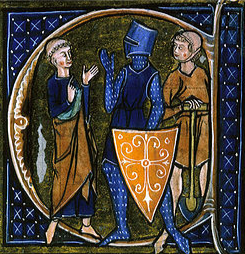
The 17th Century: The Birth of Calculus
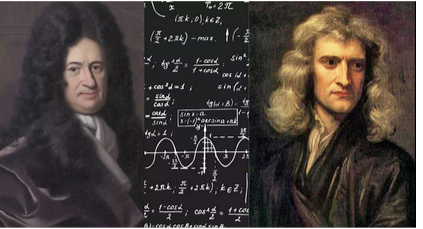 The true rise of rational functions can be traced to the 17th century, with the development of calculus by Isaac Newton and Gottfried Wilhelm Leibniz. Both mathematicians independently developed the fundamental principles of calculus, which allowed for the analysis of continuous change through concepts like differentiation and integration.
Isaac Newton (1642-1727) used rational functions in his work on interpolation, a method of estimating values between known data points. This was particularly useful in his studies of planetary motion and the laws of motion. Newton worked with rational fractions to approximate solutions to problems in physics, which was an essential application of rational functions.
Gottfried Wilhelm Leibniz (1646-1716), who developed calculus simultaneously with Newton, contributed to the formalization of the differential and integral calculus. His work focused on using calculus to solve problems involving rates of change, which often involved rational functions. Leibniz’s notation for calculus, including the integral symbol and differential equations, made it easier to apply rational functions in mathematical analysis.
During this time, rational functions were instrumental in solving real-world problems, particularly in physics, astronomy, and engineering. Calculus allowed rational functions to model complex systems involving motion, growth, and decay, enabling the calculation of areas under curves, the determination of velocity, and the approximation of physical quantities.
The true rise of rational functions can be traced to the 17th century, with the development of calculus by Isaac Newton and Gottfried Wilhelm Leibniz. Both mathematicians independently developed the fundamental principles of calculus, which allowed for the analysis of continuous change through concepts like differentiation and integration.
Isaac Newton (1642-1727) used rational functions in his work on interpolation, a method of estimating values between known data points. This was particularly useful in his studies of planetary motion and the laws of motion. Newton worked with rational fractions to approximate solutions to problems in physics, which was an essential application of rational functions.
Gottfried Wilhelm Leibniz (1646-1716), who developed calculus simultaneously with Newton, contributed to the formalization of the differential and integral calculus. His work focused on using calculus to solve problems involving rates of change, which often involved rational functions. Leibniz’s notation for calculus, including the integral symbol and differential equations, made it easier to apply rational functions in mathematical analysis.
During this time, rational functions were instrumental in solving real-world problems, particularly in physics, astronomy, and engineering. Calculus allowed rational functions to model complex systems involving motion, growth, and decay, enabling the calculation of areas under curves, the determination of velocity, and the approximation of physical quantities.
The 18th and 19th Centuries: Expanding Applications
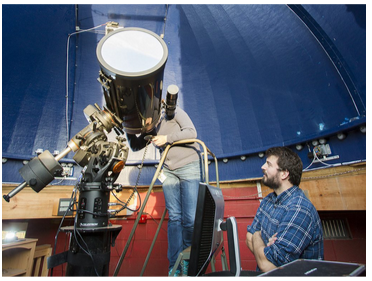
After Newton and Leibniz, the study and application of rational functions expanded dramatically in the 18th and 19th centuries. Mathematicians like Leonhard Euler and Joseph Fourier made significant contributions to the use of rational functions in solving differential equations, representing complex systems, and performing advanced mathematical analysis.
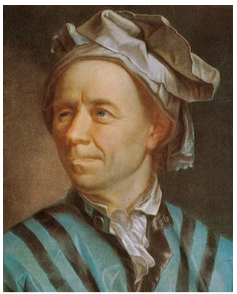
Leonhard Euler (1707–1783), a Swiss mathematician, made extensive use of rational functions in his work on differential equations and graph theory. His studies helped lay the foundation for later developments in complex analysis, where rational functions were used to solve problems involving the behavior of complex numbers.
Joseph Fourier (1768–1830), a French mathematician and physicist, used rational functions to develop the Fourier series, which represents a function as a sum of sines and cosines. This was a breakthrough in the study of heat conduction and wave analysis, fields that rely heavily on the use of rational functions.
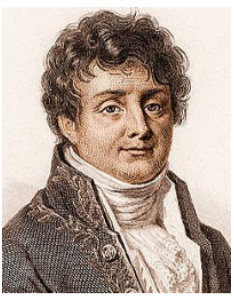
Henri Eugène Padé: A Key Figure in Rational Approximation
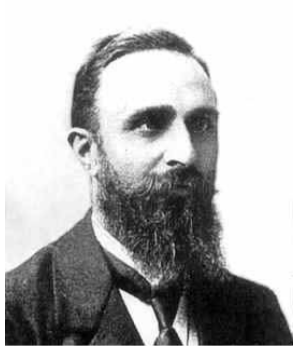
In the 19th century, the work of Henri Eugène Padé (1863–1953) significantly advanced the theory of rational functions, particularly in the context of approximations. Padé is best known for developing the Padé approximation, a method that expresses a function as the ratio of two polynomials. The Padé approximation provides a way to approximate functions more accurately than Taylor series, especially for functions with singularities or complex behavior.
Padé’s work contributed to the broader understanding of how rational functions can be used not only to model physical phenomena but also to improve mathematical approximations in various fields, such as quantum mechanics, control theory, and signal processing. His methods remain important today in areas like numerical analysis and computational mathematics.
The Modern Era: Rational Functions in Science and Technology

By the 20th century, rational functions became integral to the development of modern science and engineering. Their use expanded into areas like signal processing, control systems, computer science, and economics. Techniques like partial fraction decomposition allowed rational functions to be broken down into simpler components for easier manipulation, especially in integration and differential equations.
In the 21st century, rational functions continue to play a crucial role in computational mathematics, physics, and engineering, helping to model everything from quantum mechanics to financial markets. Their application to digital signal processing, image resolution, and even machine learning shows how deeply they are woven into modern technological advancements.